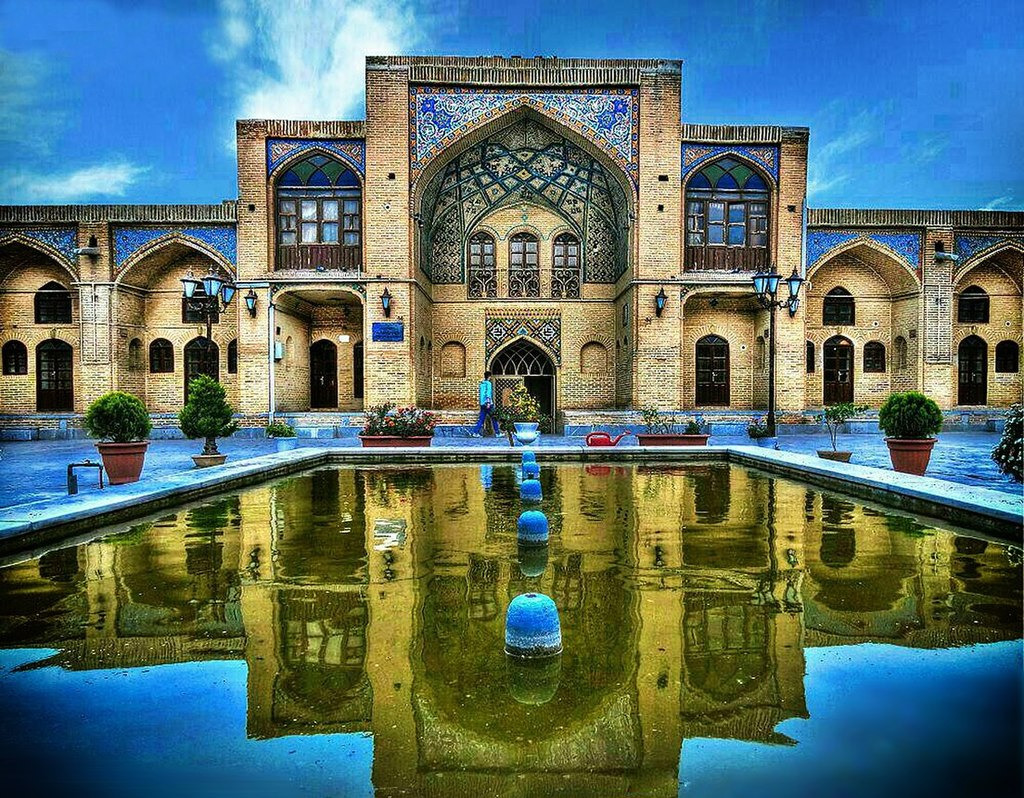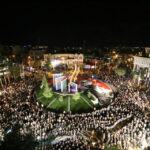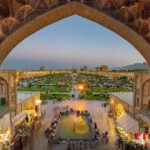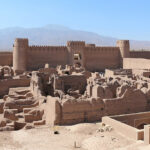Kermanshah is a historical city located in western Iran. It has a rich cultural heritage, magnificent architecture, and natural beauty. Here are some of the best places to visit and things to do in Kermanshah:
1. Taq-e Bostan
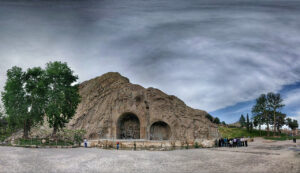
Image Source: https://en.wikipedia.org/wiki/Taq-e_Bostan
Taq-e Bostan is a historical site located in the outskirts of Kermanshah. It is famous for its rock reliefs, which date back to the Sassanid Empire (224-651 AD). The most famous relief depicts the investiture of Ardeshir II, the second king of the Sassanid Empire. Address: Taq-e Bostan Rd, Kermanshah, Iran.
2. Bisotun
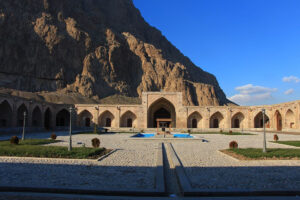
Image Source: https://en.wikipedia.org/wiki/Bisotun
Bisotun is a UNESCO World Heritage Site located in Kermanshah. It is a complex of historical, cultural, and natural sites that includes the Bisotun Inscription, a multilingual inscription located on a limestone cliff. It is believed to have been carved in the 5th century BC by Darius the Great, the king of the Achaemenid Empire. Address: Bisotun, Kermanshah Province, Iran.
3. Shafei Jame Mosque
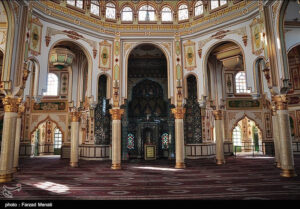
Image Source: https://www.tasnimnews.com/en/news/2018/05/11/1720304/shafei-jame-mosque-a-beautiful-mosque-inside-kermanshah-bazaar
Shafei Jame Mosque is a historical mosque located in the center of Kermanshah. It was built in the 12th century during the Seljuk period (1037-1194). It is famous for its beautiful tilework and unique architecture. Address: Imam Khomeini St, Kermanshah, Iran.
4. Bazaar-e Vakil
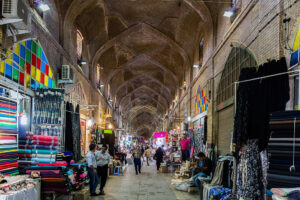
Image Source: https://en.wikipedia.org/wiki/Vakil_Bazaar
Bazaar-e Vakil is a traditional market located in Kermanshah. It is a bustling marketplace where you can find a variety of goods, including spices, textiles, and handicrafts. It is a great place to experience the local culture and buy souvenirs. Address: Bazaar-e Vakil, Kermanshah, Iran.
5. Moaven al-Molk Tekiyeh
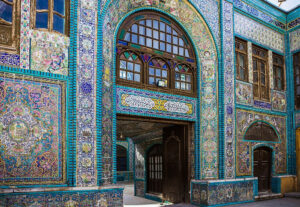
Image Source: https://en.wikipedia.org/wiki/Takyeh_Moaven-ol-Molk
Moaven al-Molk Tekiyeh is a historical complex located in the center of Kermanshah. It was built in the 19th century during the Qajar period (1785-1925) as a place for mourning and commemoration of Imam Hussein, the third Shia Imam. The complex includes a mosque, a tekkiyeh (a place for mourning), and a museum. Address: Shohada St, Kermanshah, Iran.
Places and Things To Do

